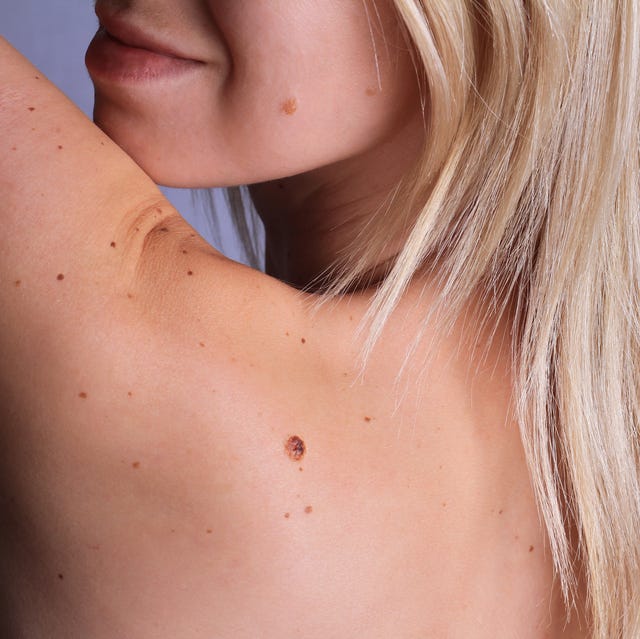Every individual’s skin is unique—not just in tone, but in texture, structure, and response to sunlight. That’s why when it comes to evaluating skin conditions, particularly moles or pigmented lesions, diagnostic tools must be effective across all skin types. Dermoscopy has proven to be one such tool, widely trusted by dermatologists around the world. As diversity continues to shape healthcare practices in the UAE, Dermoscopy Mole Evaluation in Dubai has become a go-to choice for patients of all backgrounds. With its non-invasive, detail-oriented approach, dermoscopy can provide accurate insights regardless of skin tone or type—making it a reliable method for early detection and monitoring of skin conditions in a multicultural city like Dubai.
How Dermoscopy Works on Different Skin Types
Dermoscopy magnifies and illuminates the skin, allowing dermatologists to see patterns, structures, and pigmentation changes within moles that would otherwise be invisible to the naked eye. Contrary to earlier misconceptions, modern dermoscopic technology is designed to accommodate these variations. With the right technique and experience, dermoscopy can be equally effective on fair, medium, and dark skin tones.
Considerations When Using Dermoscopy on Various Skin Tones
While dermoscopy works on all skin types, understanding the unique characteristics of different tones allows for more accurate interpretation:
Melanin Density Affects Pigmentation Patterns
- In darker skin, pigmentation may appear more widespread or intense. This doesn’t necessarily indicate danger—it’s a natural characteristic.
- Dermatologists trained in diverse skin types know how to differentiate between normal pigmentation and pathological changes.
Keloid-Prone or Sensitive Skin
- Some individuals, especially those with darker skin tones, may be more prone to keloids or scarring. Fortunately, dermoscopy is a non-invasive procedure, so it poses no risk of irritation or skin damage.
- It’s ideal for sensitive skin because it involves no incisions, pressure, or harmful radiation.
Background Pigment Variation
- Certain features—like the blue-white veil or irregular pigment networks—may be harder to detect against darker backgrounds, but experienced dermatologists can use polarized dermoscopy to improve visibility and contrast.
Diagnostic Challenges and Solutions
- In skin of color, some types of melanoma (such as acral lentiginous melanoma) are more common on the palms, soles, and under nails. Dermoscopy is highly effective in examining these areas, offering early insight that the naked eye might miss.
Benefits
Regardless of your skin tone, the benefits of dermoscopy remain the same:
- Non-invasive and safe for all ages
- Highly accurate for mole evaluation and melanoma detection
- Avoids unnecessary biopsies by providing visual clarity
- Can be repeated over time with no risk
- Builds trust between doctor and patient through visual evidence
Diverse Population Calls for Inclusive SkinCare
Dubai is home to people from across the globe, each with their own unique skin profile. This diversity places added importance on using diagnostic tools that don’t have limitations based on ethnicity or skin color. Whether you’re concerned about a changing mole or simply looking for peace of mind, dermoscopy is a smart and inclusive choice.
Final Thoughts
So, can dermoscopy be used on all skin types? Absolutely. Its effectiveness lies not in the uniformity of the skin it evaluates but in its ability to adapt to its variations. With experienced hands and the right equipment, dermoscopy is an equally powerful diagnostic tool for everyone.





Comments